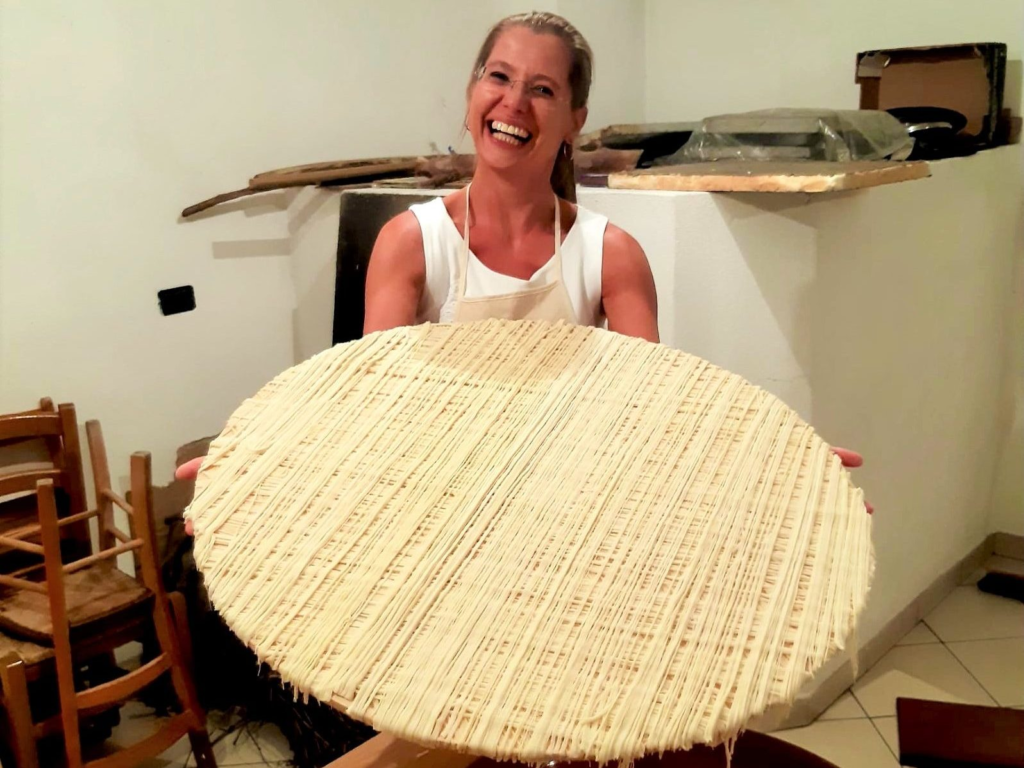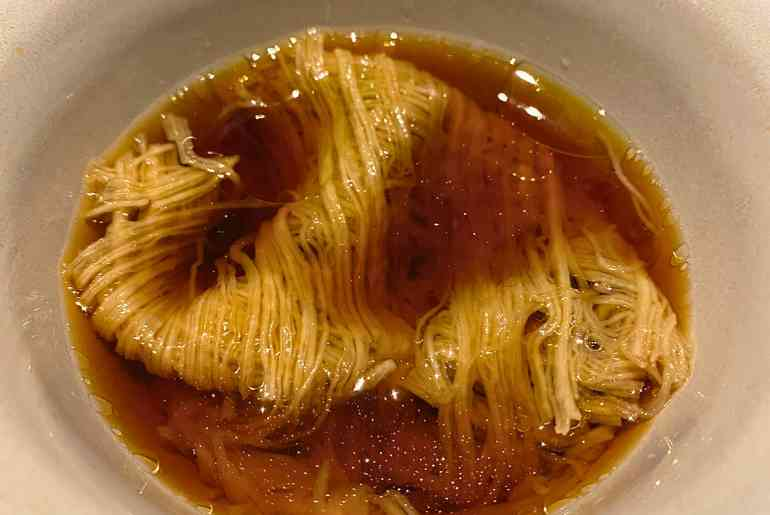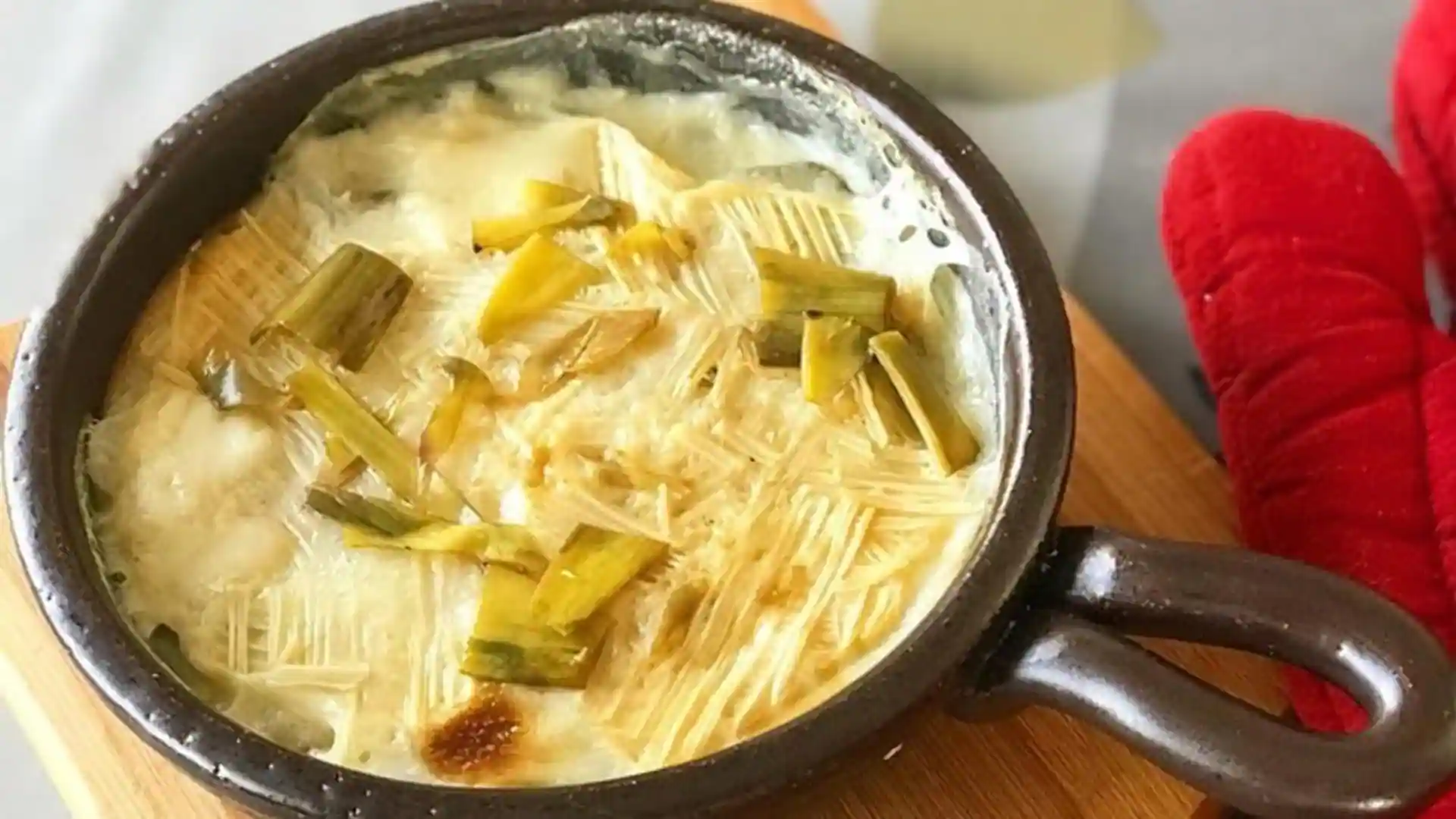Su Filindeu is a culinary gem hailing from the picturesque region of Sardinia, Italy. This rare pasta, whose name translates to “the threads of God,” is celebrated not only for its unique preparation and taste but also for the rich traditions and cultural significance it embodies.
In a world where culinary practices often converge and homogenize, This Pasta stands out as a testament to the power of heritage, craftsmanship, and local ingredients. This blog will delve into the fascinating history, preparation methods, cultural significance, and the ongoing efforts to preserve this exceptional dish.
History and Origins
The origins of Su Filindeu can be traced back to the shepherding communities of Sardinia. Sardinia, known for its rugged landscapes and rich pastoral culture, has a long history of sheep farming, which has influenced its culinary traditions.
The pastoral lifestyle necessitated the creation of hearty, nutritious foods that could sustain individuals during long hours of work.
Read : Top Ten Enchanting Lakes in Italy That Deserves Roaming Around
Su Filindeu is believed to have been crafted by the women of these shepherd families, who developed this unique pasta as a way to utilize local ingredients. Traditionally made from semolina flour and water, the pasta embodies the simplicity and resourcefulness of the Sardinian people.
The process of making This Pasta has been passed down through generations, often taught from mothers to daughters, ensuring that the techniques remain intact.
Read : Giorgia Meloni: The First Woman Prime Minister of Italy and the Most Powerful Woman in the World
The Unique Preparation Process
What sets Su Filindeu apart from other types of pasta is its intricate preparation process. The making of this pasta is labor-intensive and requires a great deal of skill. The dough is made using semolina flour mixed with water to create a malleable consistency. However, it is the unique shaping process that truly defines Su Filindeu.

To make This Pasta, the dough is rolled out into thin sheets, which are then stretched and pulled into delicate strands. These strands are formed into a series of fine, almost hair-like threads, which are laid out to dry. The technique requires a level of precision and finesse, as the strands must be uniform in thickness and length.
Traditionally, this process was carried out by skilled artisans known as “filindeu,” who have mastered the art of shaping the pasta. The work can be laborious, often taking hours to complete, but the end result is a pasta that is unlike any other. The labor involved reflects the deep-rooted connection between the Sardinian people and their culinary traditions.
Cultural Significance
Su Filindeu is more than just a dish; it is a symbol of Sardinian identity and cultural heritage. The pasta is often served during special occasions and celebrations, including weddings, religious festivals, and family gatherings. Its presence at these events signifies the importance of tradition and the bond between generations.
In Sardinian culture, food is not merely sustenance; it is a means of connection, storytelling, and celebration. This Pasta embodies this philosophy, representing the labor and love that goes into traditional cooking.
The dish is typically prepared in a rich broth made from lamb or mutton, which further enhances its flavor and texture. This communal aspect of sharing a meal is a vital part of Sardinian life, with families gathering around the table to enjoy Su Filindeu and connect over shared experiences.
Preservation Efforts
Despite its rich history and cultural significance, This Pasta is at risk of being lost to modern culinary trends and globalization. The increasing availability of mass-produced pasta has led to a decline in the artisanal practices that have defined Su Filindeu for generations.

In response to this threat, various organizations and individuals are working to preserve the traditions associated with this rare pasta.
One notable initiative is the creation of a consortium dedicated to the protection and promotion of Su Filindeu. This consortium works to raise awareness about the importance of traditional pasta-making techniques and supports local artisans in their efforts to keep these practices alive.
They organize workshops, educational programs, and events to showcase the art of making Su Filindeu, encouraging younger generations to engage with their culinary heritage.
Additionally, the growing interest in slow food and local, sustainable cuisine has led to a resurgence of interest in traditional foods like Su Filindeu. Chefs and food enthusiasts are increasingly recognizing the value of preserving unique culinary practices and are actively seeking out authentic experiences.
This trend has sparked a renewed appreciation for the craftsmanship involved in making Su Filindeu, helping to ensure its survival for years to come.
Su Filindeu in the Culinary World
In recent years, Su Filindeu has garnered attention from chefs and food lovers worldwide, elevating its status in the culinary landscape. Renowned chefs are incorporating this unique pasta into their menus, often showcasing it in innovative ways while honoring its traditional roots.

The dish has gained recognition at food festivals and events, where it is celebrated for its artisanal qualities and distinct flavor profile.
One of the key aspects that makes Su Filindeu so appealing to chefs is its versatility. The delicate threads can be paired with a variety of sauces and ingredients, allowing for creative interpretations of the dish.
Chefs experiment with different broths, toppings, and accompaniments, while still respecting the fundamental essence of Su Filindeu. This adaptability ensures that the pasta remains relevant in contemporary cuisine while honoring its historical significance.
The Experience of Enjoying Su Filindeu
Eating Su Filindeu is an experience that transcends mere nourishment. When served, the pasta is often presented in a hearty broth, allowing the flavors to meld beautifully.
Each strand is tender yet retains a satisfying bite, absorbing the essence of the broth while maintaining its unique texture. The dish is often garnished with fresh herbs, grated cheese, and sometimes even a drizzle of high-quality olive oil, enhancing its already rich flavor.
In Sardinia, enjoying Su Filindeu is typically a communal affair, with families and friends gathering to share in the experience. The act of eating together fosters a sense of connection and celebration, reflecting the cultural importance of food in Sardinian life. Each bite of Su Filindeu serves as a reminder of the traditions and stories that have shaped the dish over centuries.
The Future of Su Filindeu
As the world becomes increasingly interconnected, the preservation of traditional culinary practices like Su Filindeu is more important than ever.

Efforts to maintain the art of pasta-making in Sardinia are crucial in ensuring that this unique dish continues to thrive. The collaboration between local artisans, chefs, and organizations dedicated to preserving cultural heritage is vital in safeguarding the future of Su Filindeu.
Moreover, the rising interest in authentic, locally sourced foods presents an opportunity for Su Filindeu to regain its prominence. As consumers become more conscious of the origins of their food, the appeal of artisanal products like Su Filindeu will likely grow.
This shift can help foster a renewed appreciation for traditional pasta-making techniques and encourage future generations to engage with their culinary heritage.
Su Filindeu is not just a dish; it is a symbol of the rich cultural heritage of Sardinia, embodying the labor, love, and traditions of its people. The intricate preparation process, the communal aspect of sharing meals, and the ongoing efforts to preserve its legacy all contribute to the unique identity of this rare pasta.
As we continue to celebrate and promote the significance of traditional foods, Su Filindeu stands as a shining example of the beauty and complexity of culinary heritage. By cherishing and preserving dishes like Su Filindeu, we honor the past while enriching our present and future dining experiences.

